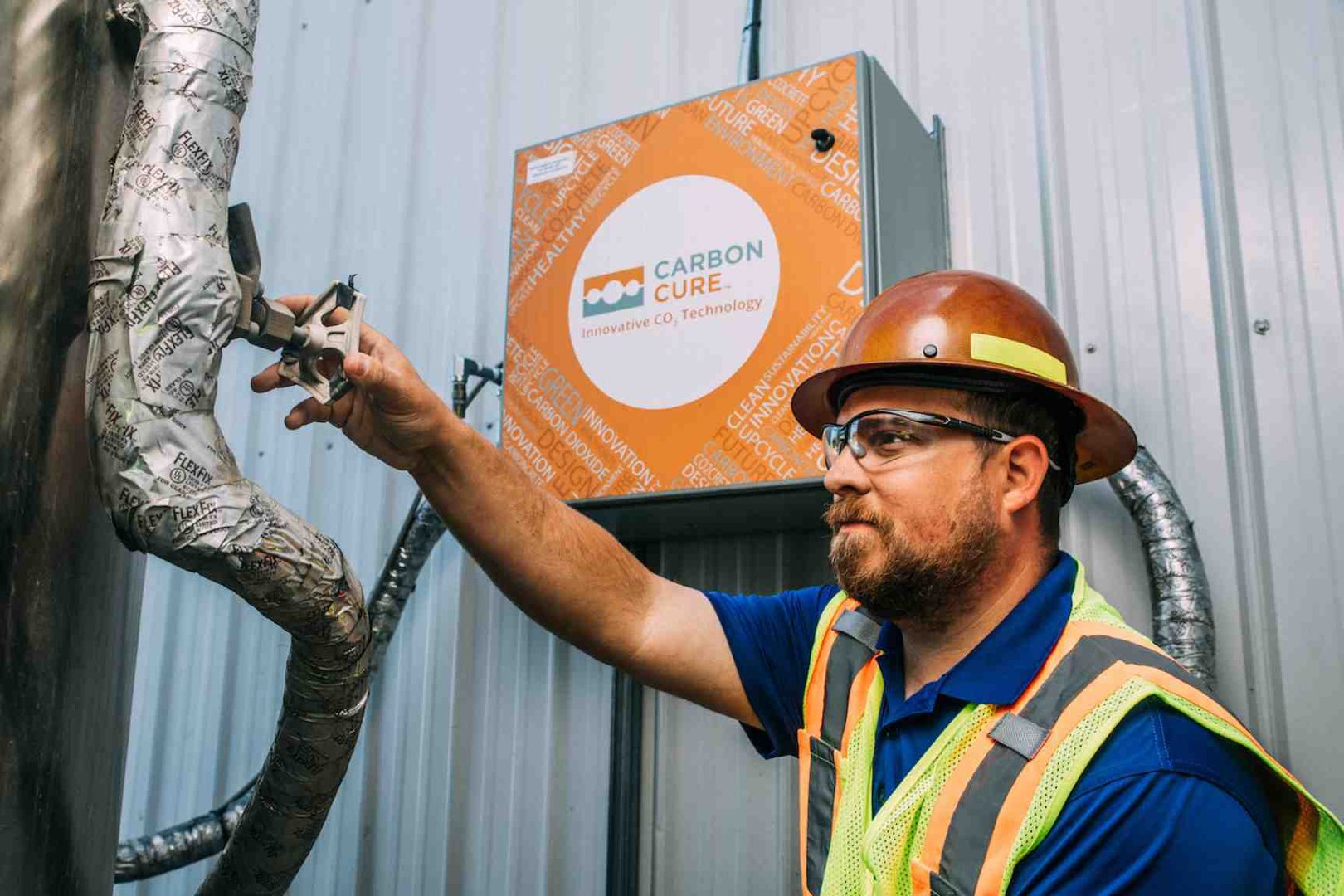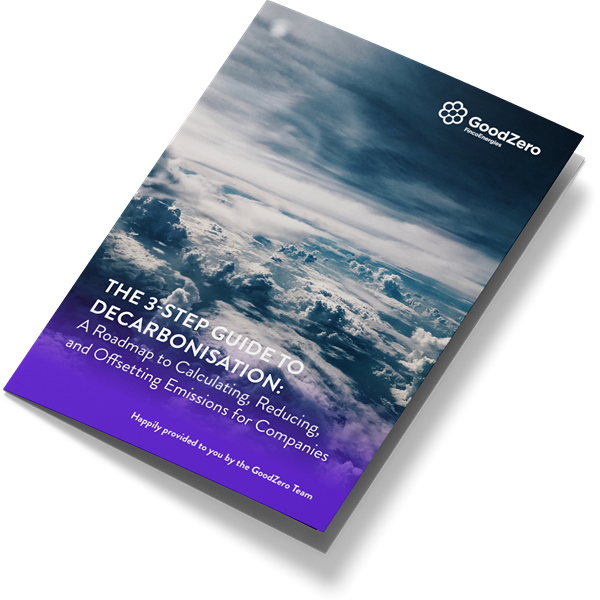
CarbonCure
Why offset with CarbonCure?
Reducing and removing CO2 through sustainable concrete production

Innovative
Supports the complete decarbonisation of the concrete manufacturing process through a suite of carbon mineralization solutions.
Climate
Injecting captured CO2 strengthens concrete and reduces the need for cement, responsible for 7% of the world's emissions, which also reduces freshwater use by 17-20%..jpg?width=2000&name=Crews%20pouring%20CarbonCure%20concrete%20at%20Amazon%20HQ2%20(Please%20credit%20CarbonCure%20Technologies).jpg)
Global communities
750+ systems sold across more than 30 countries, with sustainable concrete building schools, hospitals, and homes.

.jpeg?width=2000&name=CarbonCure%20control%20box%20at%20concrete%20plant%20control%20room%20(Please%20credit%20CarbonCure%20Technologies).jpeg)
Transparent and traceable CO2 streams
CarbonCure measures and tracks the CO₂ from the point of capture to mineralization, allowing them to trace the precise deployment date and location of the CO₂ their technologies store.
Credit calculations are done using Verra's third-party methodology (VM0043).

Learn more about CarbonCure
This carbon mineralization strengthens the concrete, enabling producers to safely reduce the amount of virgin cement content in mix designs, and thus lower the amount of CO2 emitted in concrete production. It’s the same concrete, but with a smaller carbon footprint.
Once the carbon is mineralized, it is permanently locked into the concrete for millenia - never to be released into the atmosphere, even if the concrete is demolished.
CarbonCure’s carbon credits bring four important characteristics to the table:
- Immediacy: Because CarbonCure’s technologies leverage the existing infrastructure and economies of the construction industry, they can have an immediate climate impact. CarbonCure’s technologies are well-established, widely available across North America, and scaling globally, with nearly 700 systems sold across over 30 countries.
- Permanence: Carbon mineralization in concrete safely stores carbon dioxide in concrete for millennia. Even if the concrete is destroyed or a structure is demolished, the CO₂ is forever embedded. It will not return to the atmosphere.
- Verifiability: CarbonCure is the only carbon removal technology company with a methodology approved by Verra, the world’s most widely used voluntary greenhouse gas crediting program.
- Traceability: CarbonCure measures and tracks the CO₂ from the point of capture to mineralization, allowing CarbonCure to trace the precise deployment date and location of the CO₂ their technologies store.
Concrete producers using CarbonCure technologies achieve cement reductions (and corresponding CO2 reductions) of 4 to 6 percent, on average, roughly equivalent to 25 lbs of CO2 per cubic yard. On average, up to 250 pounds (114 kilograms) of carbon is saved with every truckload of concrete that is delivered.
No, CarbonCure technology does not capture carbon dioxide. CarbonCure currently utilizes carbon dioxide captured by their partners. However, they are actively pursuing a range of strategies for capturing carbon dioxide, exploring pathways that include direct air capture as well as biogenic CO2 emissions captured from biomass like food waste or landfills.
Permanent CO2 storage in concrete has massive scaling potential - the world’s building stock is expected to double by 2060. CarbonCure offers a key carbon removal and storage pathway alongside geologic carbon storage, or its utilization in useful products.
While concrete is the world’s most used human-made material, it is also a major source of CO₂ emissions. The production of cement, the key ingredient which gives concrete its strength, accounts for approximately 7 percent of global CO₂ emissions. CarbonCure thus manages CO2 on two fronts: cleaning up our past emissions by mineralising captured CO2, and decarbonising future construction by reducing the amount of cement needed in concrete production.

More questions?
Please contact me!
Please contact me!

Download
The 3-Step Guide to Decarbonisation
A Roadmap to Calculating, Reducing, and Offsetting Emissions for Companies



